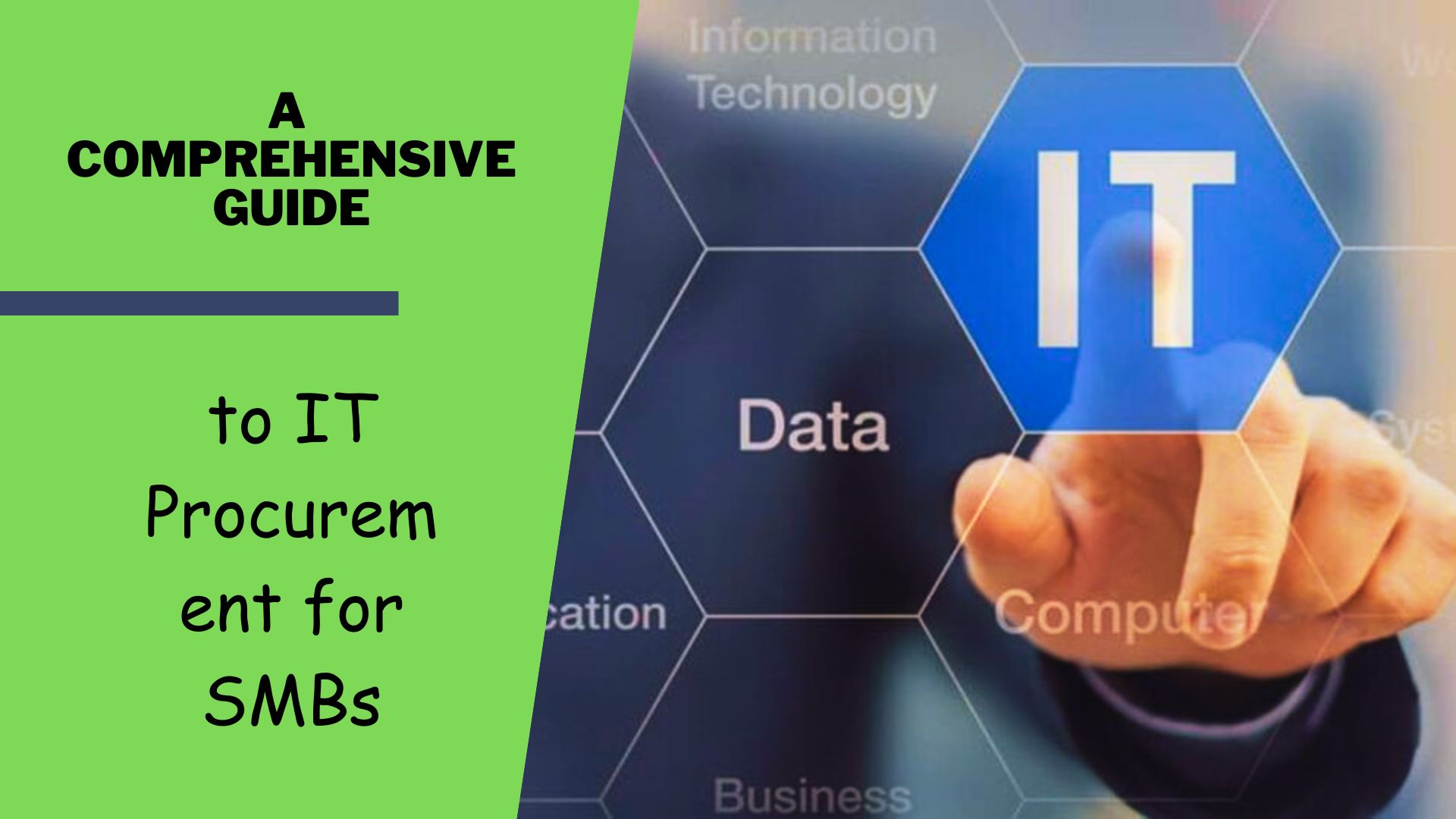Every small and medium-sized business (SMB) faces unique challenges. One of the most pressing? Navigating the maze of IT procurement. Making the right technology choices can propel your business forward, while missteps can set you back. Here are the essential tips for IT procurement for SMBs.
1. Understand Your Needs
Before diving into vendors or budgets, pinpoint your business’s core requirements. Are you in need of a robust CRM system, or is cybersecurity your main concern? By clearly defining your needs, you’ll avoid unnecessary expenses and ensure your investments align with your business goals. This clarity will also make vendor discussions more productive.
2. Set a Realistic Budget
While it’s tempting to go for the most advanced solutions, balancing functionality with affordability is crucial. Allocate funds based on your business’s priorities. Remember, the most expensive option isn’t always the best fit for your company.
3. Research Vendors Thoroughly
The IT market is saturated with vendors. Delve into reviews, seek out referrals, and engage in detailed discussions with potential partners. This research will highlight the best fit for your needs and provide insights into the vendor’s long-term viability and commitment to their clients.
4. Prioritize Security
In today’s digital age, cybersecurity is non-negotiable. Ensure that any IT solution you consider has robust security measures in place. This protects your business data and builds trust with your customers.
5. Consider Scalability
Your business’s growth trajectory should be mirrored in your IT solutions. Seek out platforms that can expand as you do, accommodating more users, data, or functionalities. Investing in scalable solutions now can save significant time and resources in the future, eliminating the need for frequent system changes.
6. Negotiate Smartly
Initial price points are often just a starting conversation. Engage vendors in detailed financial discussions. Many are open to adjustments, especially if they recognize the potential for an ongoing partnership. A win-win negotiation can lead to better terms and strengthened relationships.
7. Implement and Train
Securing the right tools is just the beginning. Ensure your team is well-versed in how to use them. Comprehensive training ensures that you extract maximum value from your investment. It also minimizes disruptions, ensuring a seamless transition to new systems or tools.
8. Regularly Review and Adjust
The tech landscape is dynamic. Periodically assess your IT infrastructure to ensure it aligns with your current needs. Staying updated can offer competitive advantages, and being proactive in making adjustments ensures your business remains agile and responsive.
Final Thoughts
Each choice you make has the potential to shape your present operations positively. But beyond the immediate, these decisions also lay the groundwork for what’s ahead. By being proactive and informed in setting up your IT infrastructure, you’re not just solving today’s challenges. You’re building a roadmap for continued growth and success in the future.


